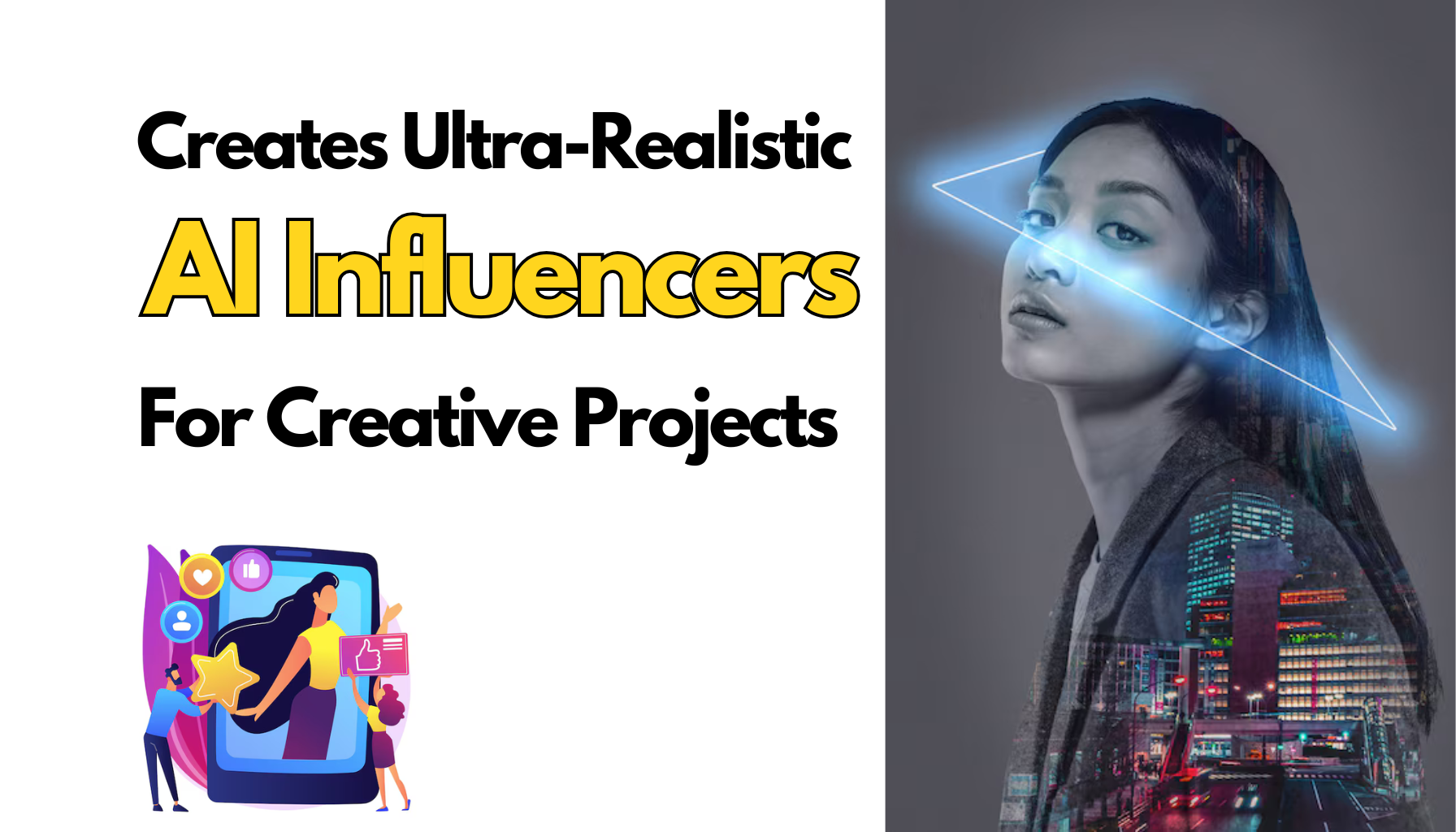As technology advances at an unprecedented pace, it is critical for software developers to stay up-to-date on the latest trends in order to remain competitive. As we look ahead to 2023, there are several technology trends that are expected to shape the future of software development and drive the development of next-generation applications. In this article, we will explore the top 10 technology trends that are set to transform software development in 2023.
Artificial Intelligence and Machine Learning
Artificial Intelligence (AI) and Machine Learning (ML) are already making waves in the software development industry, and their impact is only expected to grow in the coming years. In 2023, we can expect to see an increase in the use of AI and ML in areas such as predictive analytics, natural language processing, and computer vision. These technologies will help developers to build more intelligent and efficient applications, providing better user experiences and driving business growth.
Low-Code Development Platforms
Low-code development platforms are becoming increasingly popular among businesses looking to build applications quickly and efficiently. In 2023, we can expect to see more developers using these platforms to build applications that meet their specific needs. With low-code development platforms, developers can create applications by dragging and dropping pre-built components, rather than writing code from scratch. This approach saves time and reduces the risk of errors, making it an attractive option for businesses looking to streamline their development processes.
Cloud Computing
Cloud computing has been a game-changer for software development, enabling developers to access resources and tools on-demand from anywhere in the world. In 2023, we can expect to see more businesses adopting cloud-based solutions for their software development needs. With the cloud, developers can access scalable resources and tools that enable them to build and deploy applications faster and more efficiently than ever before.
Internet of Things (IoT)
The Internet of Things (IoT) is already transforming the way we live and work, and in 2023, we can expect to see its impact on software development. With more devices and sensors connected to the internet than ever before, developers will have more data to work with, enabling them to build smarter applications that can interact with the physical world in new and innovative ways.
Blockchain Technology
Blockchain technology is best known for its use in cryptocurrencies like Bitcoin, but its potential goes far beyond that. In 2023, we can expect to see more businesses adopting blockchain technology for a variety of applications, from supply chain management to digital identity verification. Blockchain technology enables secure, decentralized transactions, making it an attractive option for businesses looking to improve security and transparency in their operations.
Quantum Computing
Quantum computing is still in its early stages, but it has the potential to revolutionize the way we solve complex problems in software development. In 2023, we can expect to see more businesses exploring the potential of quantum computing for applications such as machine learning, cryptography, and simulation. With quantum computing, developers can solve complex problems much faster than with traditional computing, enabling them to build more advanced applications.
Augmented Reality (AR) and Virtual Reality (VR)
Augmented Reality (AR) and Virtual Reality (VR) are already making waves in the gaming and entertainment industries, but their potential goes far beyond that. In 2023, we can expect to see more businesses adopting AR and VR technologies for applications such as training, simulation, and customer engagement. With AR and VR, developers can create immersive experiences that enable users to interact with digital content in new and innovative ways.
Edge Computing
Edge computing is a relatively new concept, but its potential to transform the way we process and analyze data is significant. In 2023, we can expect to see more businesses adopting edge computing for applications such as IoT, real-time analytics, and artificial intelligence. With edge computing, developers can process data closer to the source, reducing latency and improving performance.
Cybersecurity
As the world becomes more connected, cybersecurity is becoming an increasingly important issue for businesses and individuals alike. In 2023, we can expect to see more businesses adopting advanced cybersecurity measures to protect their data and applications. Developers will need to be well-versed in the latest cybersecurity technologies and techniques to ensure that their applications are secure and protected from cyber threats.
DevOps
DevOps is a software development methodology that emphasizes collaboration and communication between development and operations teams. In 2023, we can expect to see more businesses adopting DevOps practices to streamline their development processes and improve the quality of their applications. DevOps enables developers to build and deploy applications faster and more efficiently, while also ensuring that they are reliable and scalable.
In conclusion, the technology trends outlined above are set to shape the future of software development in 2023 and beyond. From AI and machine learning to blockchain technology and edge computing, these trends will enable developers to build smarter, more efficient, and more secure applications that meet the needs of businesses and individuals alike. As the world becomes increasingly connected and digital, it is essential that developers stay up-to-date with the latest technologies and trends to ensure that they can build applications that meet the needs of the next generation.






